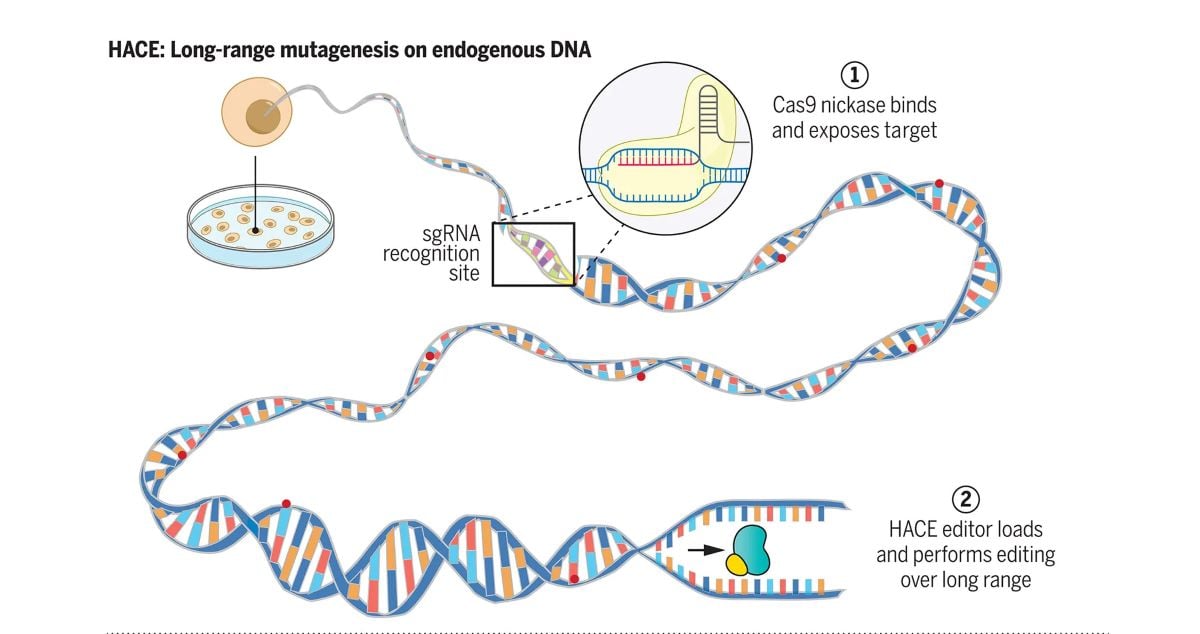The National Science Foundation (NSF) and 10 other agencies have teamed up with artificial intelligence developers as part of President Joe Biden’s executive order on AI. They are launching a pilot program called the National Artificial Intelligence Research Resource (NAIRR) to democratize access to AI research. The program will provide US-based AI researchers with access to AI models, computing power, datasets, software, and training, as mentioned in a statement by the NSF. Researchers can apply for access to the NAIRR pilot through its website, with plans for a second call for research proposals in the spring of this year. If granted access, researchers can use expensive processing power services such as Microsoft Azure or Amazon Bedrock, which they would typically have to pay for using research funding.
In addition to the NSF, the government agencies collaborating on NAIRR include the Defense Advanced Research Projects Agency, NASA, the National Institutes of Health, the National Institute of Standards and Technology, the National Oceanic and Atmospheric Administration, the Department of Agriculture, the Department of Defense, the Department of Energy, the Department of Veterans Affairs, and the US Patent and Trademark Office. The government is also working with 15 private sector partners, including Amazon Web Services, Anthropic, AMD, EleutherAI, Google, Hugging Face, IBM, Intel, Meta, Microsoft, Nvidia, OpenAI, and Palantir.
Nvidia and Microsoft separately detailed their contributions to NAIRR. Microsoft donated $20 million in Azure credits, access to models in the Azure OpenAI Service, and resources to work on AI fairness, accuracy, and privacy. Nvidia, on the other hand, committed to providing access to its DGX Cloud and AI Enterprise software. NSD director Sethuraman Panchanathan stated in the release that “To continue leading in AI research and development, we must create opportunities across the country to advance AI innovation and strengthen educational opportunities, empowering the nation to shape international standards and igniting economic growth.”
Biden’s AI executive order directed government agencies to establish NAIRR to ensure that the US remains the leading AI innovation hub globally. Even though the US continues to lead investment and research into generative AI thanks to companies like Google and OpenAI, other regions are increasing their focus on the technology. According to the Harvard Business Review, China, the United Kingdom, Japan, and Germany are the top five countries putting resources into AI development.
Prior to the release of the AI executive order, the Biden administration secured voluntary, nonbinding agreements from companies like Meta, Google, and OpenAI to develop AI systems safely. However, close collaboration between the government and major tech players has raised concerns about regulatory capture that will persist even with the launch of NAIRR.
The NAIRR pilot will initially focus on four key areas: enabling access to diverse AI resources, enabling AI research that requires security and privacy, facilitating and developing interoperability between AI platforms, and educating and training communities in using AI tools. The NSF mentioned in the statement that NAIRR’s first projects will concentrate on using AI in healthcare and environmental sustainability.

/cdn.vox-cdn.com/uploads/chorus_asset/file/13292775/acastro_181017_1777_brain_ai_0003.jpg)












